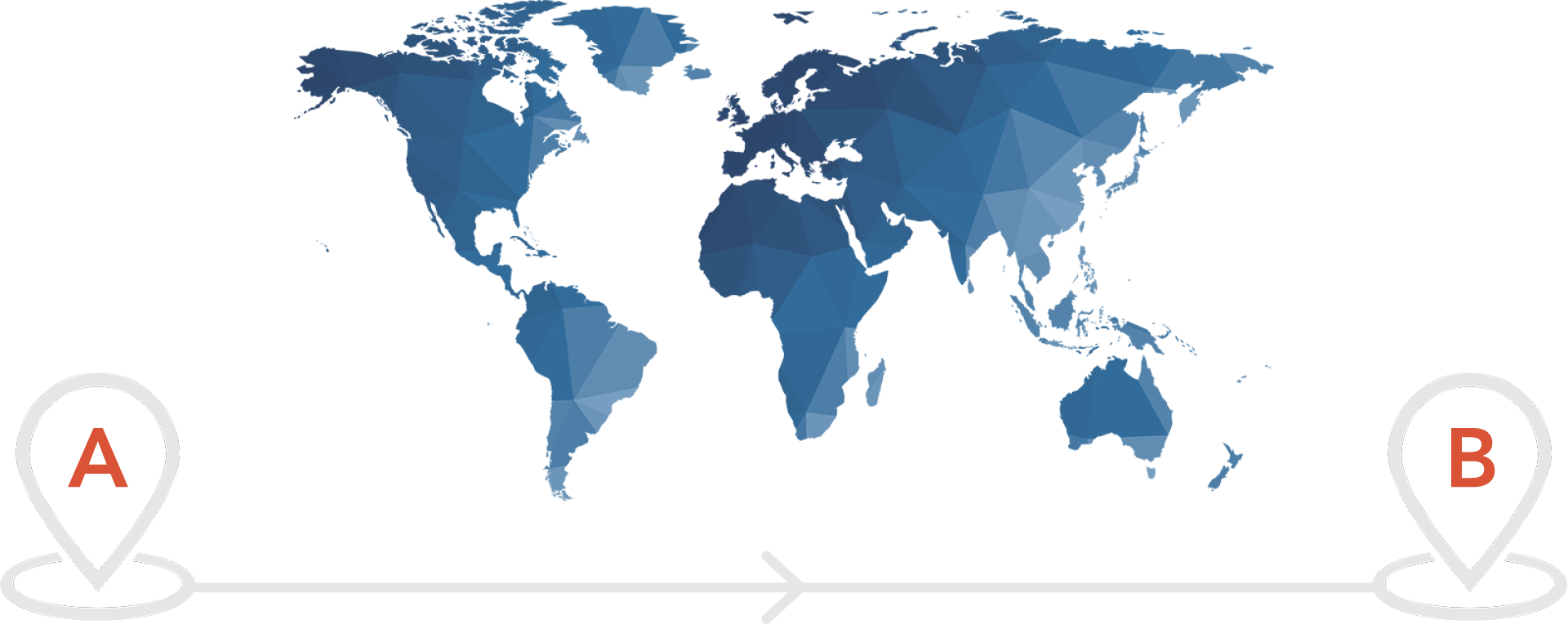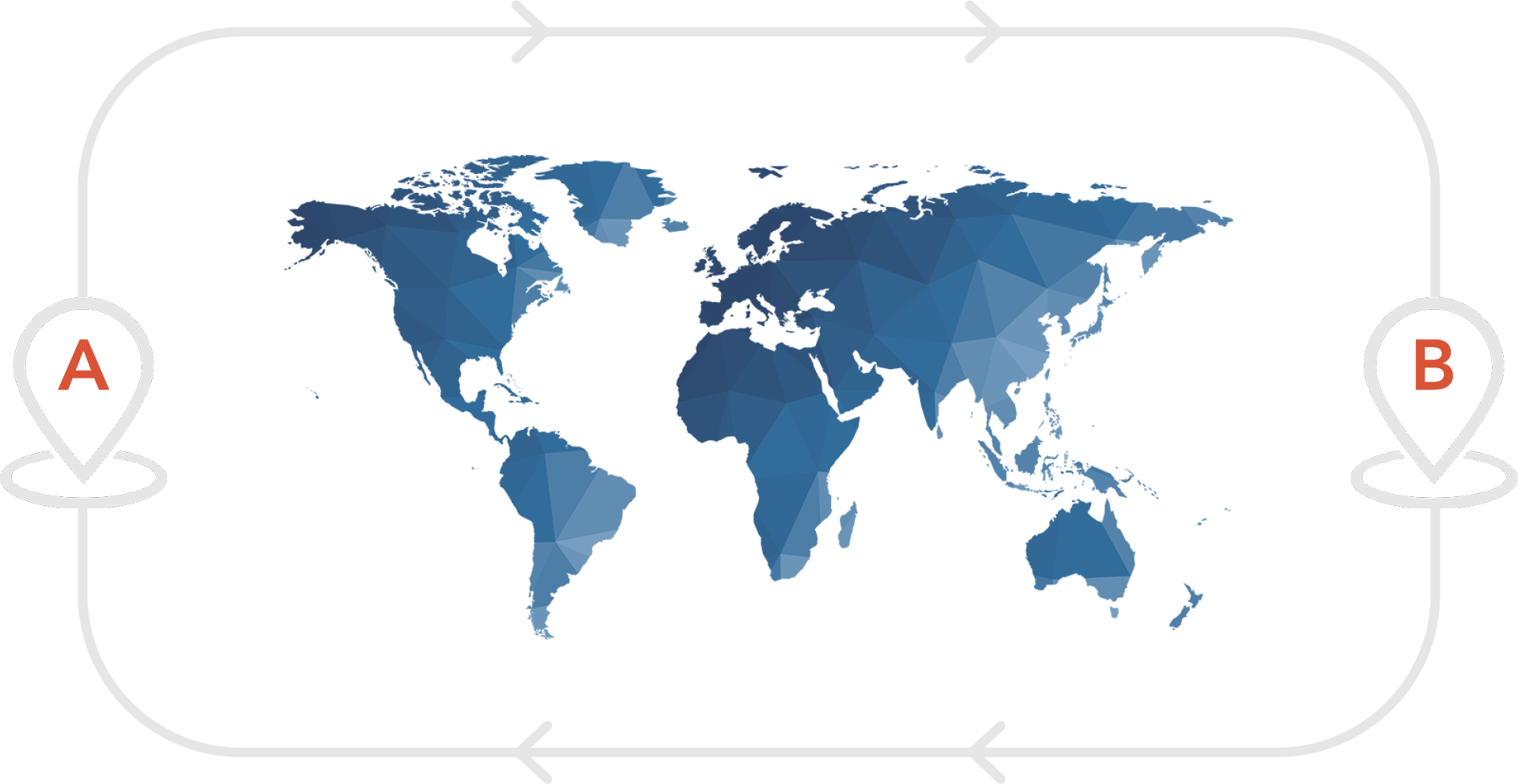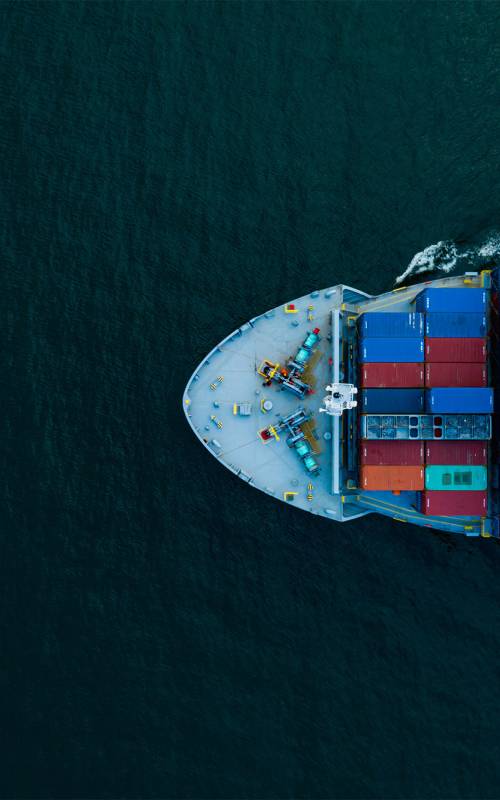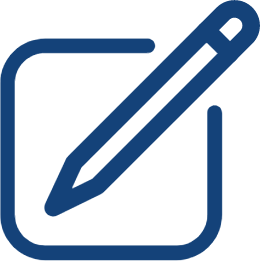Vehicle & machine transport: worldwide & safe
Do you want to have vehicles and machinery shipped? Then you want support with various complex challenges: How can sensitive machines, machine parts or heavy vehicles be loaded safely? How can the integrity of my cargo be guaranteed on its global journey? What transport methods are available and which of them is the safest and most cost-effective for my cargo?
This is just a small selection of the tasks and questions that arise when transporting vehicles and machinery by sea. That is why you expect your freight forwarder to be aware of all the challenges and to offer you transport options that are tailored exactly to your specific case.
We are familiar with all possible scenarios in the area of global shipping of vehicles and machinery and know that every sea freight project requires its own solution.
For example, RoRo (roll on/roll off) services are ideal for cars, buses, heavy-duty vehicles or construction machinery such as excavators and bulldozers. Break bulk loading or Mafi trailers complement our RoRo services by offering a reliable transport option for heavy, large or non-driveable vehicles and machines that cannot drive onto the ship themselves.
Container loading, on the other hand, is suitable for goods whose dimensions easily fit into standard containers or require more protection - for example forklifts, printing machines, packaging machines, sewing machines or textile processing machines.
Flat rack containers are the solution for heavy, extra-wide or very high general cargo such as machines and machine parts, ship propellers or agricultural or agricultural machines such as tractors or combine harvesters. For the most complex projects that require precise handling and specialized equipment for oversized loads or project cargo - for example tunnel boring machines, cranes, ship parts or ship engines - we rely on heavy lift options.
Transway: Because there is no substitute for experience and personal advice
One thing is certain: there is no one transport option for a specific type of vehicle or machine. But there are options that, based on our experience from countless customer orders, have proven to be safe, time-saving and cost-effective. And because it is the specific details of your project that make the difference, nothing can replace the personal advice that our customers value so much from our team.
Do you want a sea freight forwarder that understands the requirements for shipping your vehicles or machines in detail, has access to an excellent, global network of partners and can therefore work out the best transport solution for you? Then we should talk to each other. Contact us now for a customized offer!
Why should you work with us?
You can rely on having a sea freight forwarder at your side that has organized and coordinated countless transports of vehicles and machinery.
Every vehicle and machine transport has its own challenges. And we meet these with the solutions that best suit your project.
We find the most efficient and safest route for the transport of your vehicles or machinery by combining real-time data, our global partner network and our expertise.
With us, you are always informed about the status of the transport of your vehicles or machines and have a personal service at your side that accompanies you from the starting point to the destination.
Short- and long-term solutions in sea freight transport of vehicles and machinery
short-term solutions
Unforeseen requirements? Time-critical deliveries? Urgently needed vehicles, machines or spare parts for them? We are prepared for this - both in terms of flexibility and with our wealth of experience and a global partner network. This means we can transport your goods reliably to destinations around the world - even for short-term requests.

Long-term solutions
Do you want to have vehicles and machines shipped regularly and are you looking for a freight forwarder that can carry out the task permanently and reliably? To this end, we develop long-term, efficient strategies that take your specific requirements and routines into account. We also continuously monitor and optimize the transport processes, meaning you benefit from even greater quality and safety in sea freight logistics at every step.

What makes us different from other forwarding companies?
Large freight forwarding companies
- Rigid organisational structures - inflexible
- Changing contact persons
- Hotline
- Slow response time
- Lack of transparency

- Wide range of suppliers and transport solutions
- Permanent contact persons along the entire transport chain
- Direct dialling
- Fast response time
- Information on any status, at any time``
over 346 customers have already trusted us
FAQs on sea freight transport of vehicles and machinery
The range of vehicles and machines that can be routinely transported by sea freight is very broad. It ranges from construction machinery, e.g. excavators, cranes and bulldozers, to agricultural equipment such as tractors, combine harvesters and plows, to special vehicles such as semi-trailers or heavy-duty trailers.
Industrial machinery, including printing machines, textile processing machines, filling systems and conveyor belts, are shipped, as are asphalt and concrete mixing plants. Vehicles of all kinds, from conventional cars to electric cars and buses, as well as components such as ship engines, ship propellers and aircraft parts are also typical goods for sea freight.
Special equipment such as tunnel boring machines and other large-volume goods such as vehicles and equipment for the mining sector understandably require completely different transport options on their journey than equipment such as laboratory equipment or car spare parts.
When shipping vehicles and machines, there is never a single option for each type of cargo. Depending on the size or weight, different solutions may be required, but in principle the following variants have proven to be effective for specific types of machines and vehicles.
RoRo (roll-on/roll-off): This method is particularly suitable for drivable vehicles such as cars, buses and construction machinery that can drive onto the ship and off again by themselves.
Flat rack containers: Flat racks can be the solution for large or heavy goods such as tractors, combine harvesters, mining vehicles or ship propellers that do not fit in standard containers.
Container loading: Standardized containers are ideal for smaller machines, vehicle parts and sensitive equipment that require additional protection. A small selection of common sea container sizes is:
• 20-foot container (TEU/20ft DV) with a length of around 6.1 meters, a width of 2.4 meters and a height of 2.6 meters (external dimensions).
• 40-foot container (40ft DV) with the same width and height as a 20-foot container, but with a length of 12.2 meters.
• 40-foot high cube container (40ft HQ): The dimensions in width and length are the same as a standard 40-foot container, but a high cube is around 2.9 meters high.
• 45-foot high cube container (45ft HQ): This container type differs from the 40ft HQ only in its length, which measures 13.7 meters.
Break Bulk: The break bulk method is used for particularly bulky or heavy loads that do not fit in containers - for example ship parts, non-dismantable mining equipment, heavy machinery for road construction and other vehicles and machines that cannot be driven onto the ship independently.
Heavy Lift: This applies to exceptionally heavy and oversized goods - usually heavier than 100 tons or heights and widths of more than 100 meters. It goes without saying that none of these heavy goods transports are the same and can therefore hardly be standardized. Heavy lift by sea freight is typically the method of choice for goods such as turbines, generators, tunnel boring machines, ship parts, ship engines or cranes. They are transported either by appropriately equipped multi-purpose freighters or by special heavy lift ships.
Shipping vehicles and machinery involves a variety of formalities, which in turn result in a corresponding amount of documents. Depending on the goods being transported, the country of origin or destination, customs requirements, trade agreements or other specific agreements, the documents required can vary greatly. The most common of these are:
• Bill of Lading: In sea freight logistics, this is the central document and is issued by the shipping company or freight forwarder. The bill of lading confirms ownership of the goods and records the terms and agreements of the freight contract. It also serves as a confirmation of receipt for the acceptance of the goods by the carrier. Depending on the shipment, the bill of lading can be in various forms, such as an original bill of lading for general transport, a bill of lading for sea transport or a seaway bill for faster transactions without a physical document of possession.
• Commercial invoice: This contains the details of the goods being transported - description, quantity, price, currency and other information. It is prepared by the exporter and is essential for customs clearance and for calculating import duties.
• Certificate of Origin: This document is also issued by the exporter. A certificate of origin is an essential commercial document that confirms the origin of vehicles and machinery. It is essential for customs clearance as it helps to claim tariff preferences or exemptions under international trade agreements. The document also plays a role in protecting against counterfeiting and ensures that the goods are authentic, which is of great importance to buyers.
• Packing List: This contains information such as the number of goods shipped, their exact descriptions, weight and dimensions. It is particularly important for transportation and customs clearance as it provides an accurate record of the cargo contents and ensures that all parts are delivered correctly. It also serves as a reference document when verifying the delivery at the destination and helps identify goods throughout the transportation process.
• Insurance Certificate: The insurance certificate is issued by the insurance company and serves as proof that insurance cover exists for the goods during transport. It also provides details about the policy, the coverage details and the amount of the insurance sum.
• Customs documents: These are essential for the international transport of vehicles and machinery as they can vary depending on the origin and destination. These include documents such as customs declarations, export declarations and import customs declarations, each of which contains specific information such as customs tariff codes. These documents are crucial for smooth customs clearance and prevent delays in transport.
To track the route and status of your sea freight, we offer a tracking service that is updated in real time. You will receive a tracking number once your vehicles or machinery are loaded, which you can use to monitor the position of your cargo. This service offers you transparency and the ability to track the transport history from pickup to arrival at the destination.
Ask for the freight costs here without obligation!
Our young and highly motivated team is there to help you!
- Free of charge & without obligation
- quick & easy









